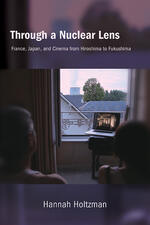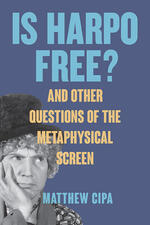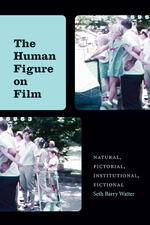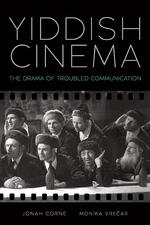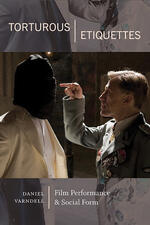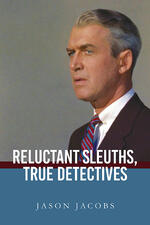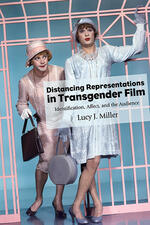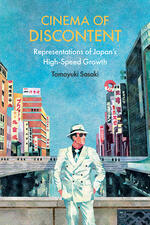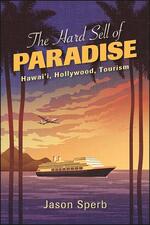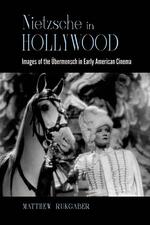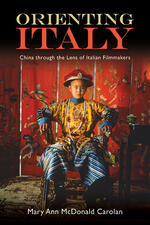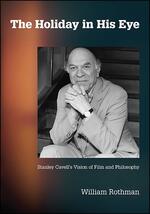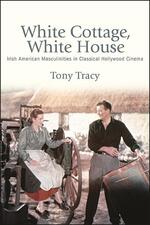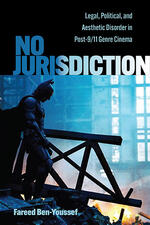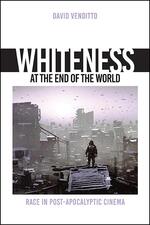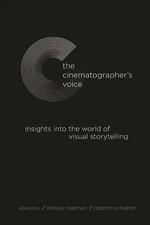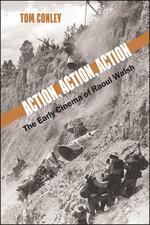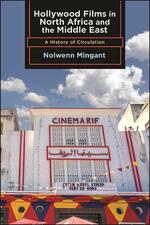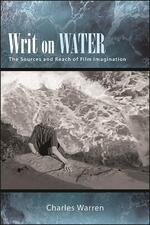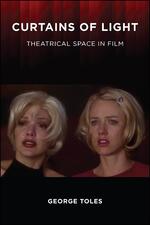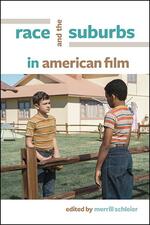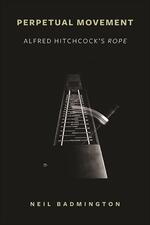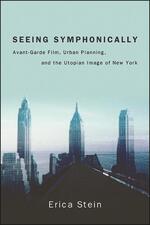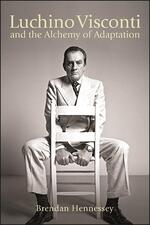SUNY series, Horizons of Cinema
Through a Nuclear Lens
Examines the increasingly reciprocal nature of Franco-Japanese cultural exchange through films that center on nuclear issues.
Is Harpo Free?
Examines how philosophical concepts like free will, personal identity, and goodness are given an artistic life in films and television programs.
The Human Figure on Film
Offers a fresh approach to the problem of the human figure in an age of digital cinema.
Yiddish Cinema
Offers a bold new reading of Yiddish cinema by exploring the early diasporic cinema's fascination with media and communication.
Torturous Etiquettes
Explores the “torture” of mannered behavior and the prevalence of etiquette as a theme in classical and contemporary Hollywood and European cinema.
Reluctant Sleuths, True Detectives
Explores the figure of the detective as a pursuer of knowledge in four noir films.
Distancing Representations in Transgender Film
Argues that transgender representations in film make it more difficult for cisgender people to understand the experiences of transgender people and for transgender people to fully participate in public life.
Cinema of Discontent
Uses popular films to reveal the tensions generated during Japan’s postwar "economic miracle," challenging the prevailing view that it was a story of great national success.
The Hard Sell of Paradise
Traces the complex and contradictory representations of Hawai’i in popular film and television programs from the 1930s to the 1970s.
Nietzsche in Hollywood
Argues that Nietzsche’s idea of the Übermensch was a central concern of filmmakers in the 1920s and 1930s.
Orienting Italy
Explores Italian filmmakers' representations of China and the Chinese, both at home and abroad.
The Holiday in His Eye
Presents an original, insightful, and compelling vision of the trajectory of Cavell's oeuvre, one that takes his kinship with Emerson as inextricably bound up with his ever-deepening thinking about movies.
White Cottage, White House
Argues that Irish American masculinity functioned to negotiate, consolidate, and reinforce hegemonic whiteness in Hollywood cinema from 1930 to 1960.
No Jurisdiction
A deeply personal study of post-9/11 film that exposes how genre can frame the shifting meanings of the War on Terror and its impact on American law and culture.
Whiteness at the End of the World
Examines the ways in which post-apocalyptic films express white racial anxiety.
The Cinematographer's Voice
A unique exploration of contemporary filmmaking from cinema’s ultimate insiders.
Action, Action, Action
Studies the force of action, motion, and vision in the early cinema of Hollywood director Raoul Walsh.
Hollywood Films in North Africa and the Middle East
Traces the circulation of Hollywood films in North Africa and the Middle East from the early twentieth century to the present.
Writ on Water
A powerful and original statement on the nature of film and the intimate relation of “film imagination” to our lives as human beings in the world.
Curtains of Light
Provides a new way of thinking about film's relation to theatre.
Encountering the Impossible
The first academic explanation for how spectators use their imaginations as part of the experience and appreciation of popular fantasy filmmaking.
Race and the Suburbs in American Film
Explores how suburban space and the body are racialized in American film.
Perpetual Movement
Offers both a production history and a close analysis, with a chapter for each of the film's eleven shots.
Seeing Symphonically
Looks at how a group of aesthetically innovative independent films contested and imagined alternatives to urban planning in midcentury New York.
Luchino Visconti and the Alchemy of Adaptation
Examines the place of book-to-film adaptations by one of Italy's most famous postwar film directors.
